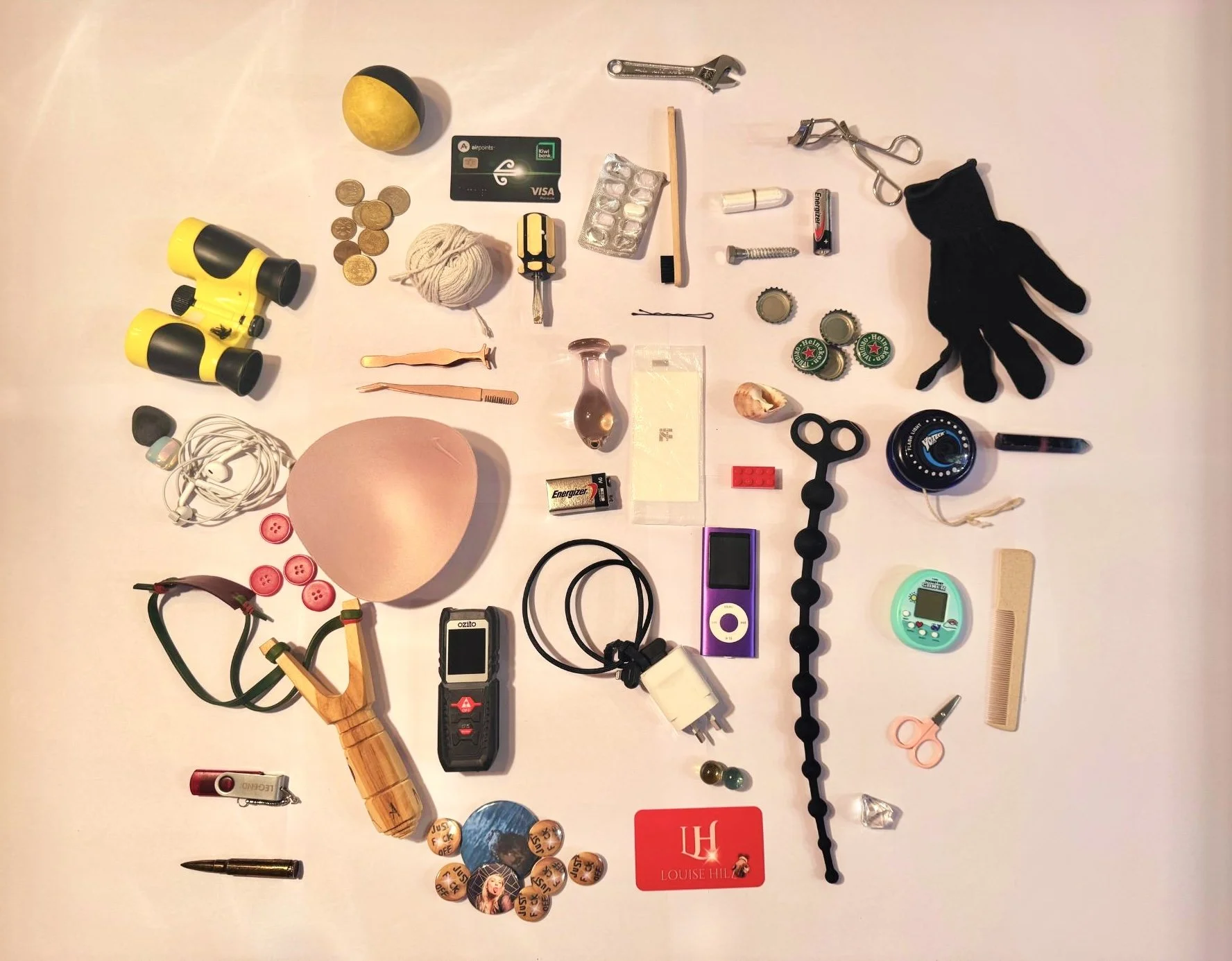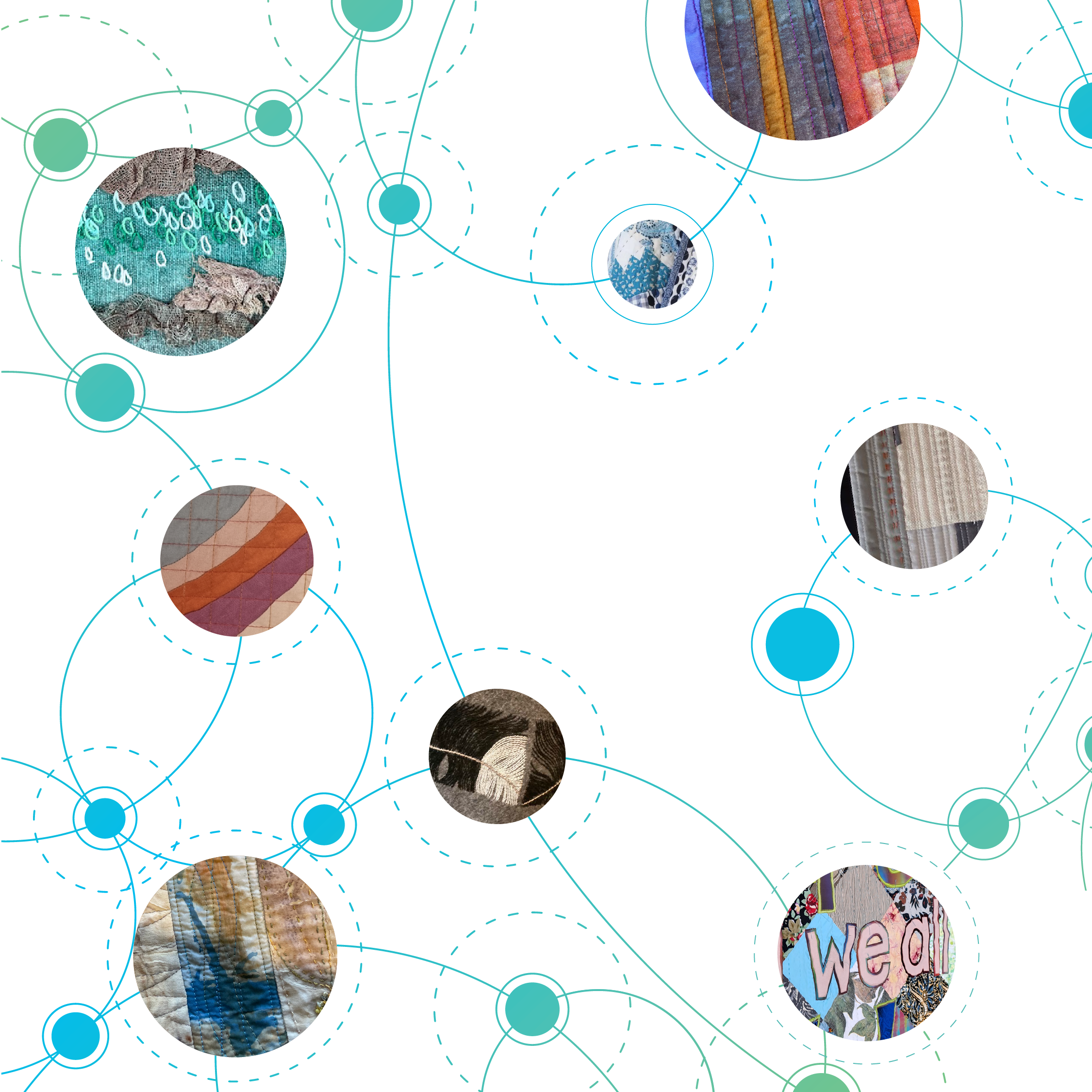Matt Tini, Maija Stephens, Renati Waaka and Elena Rei
2 - 29 September
Ko te whiri,
Ko te whatu,
Ko te whakairo,
Nāu rā e Hine,
Nau mai e Hine ki Te Whare Pora.
artist talk
Saturday 9 September - 1 - 2pm
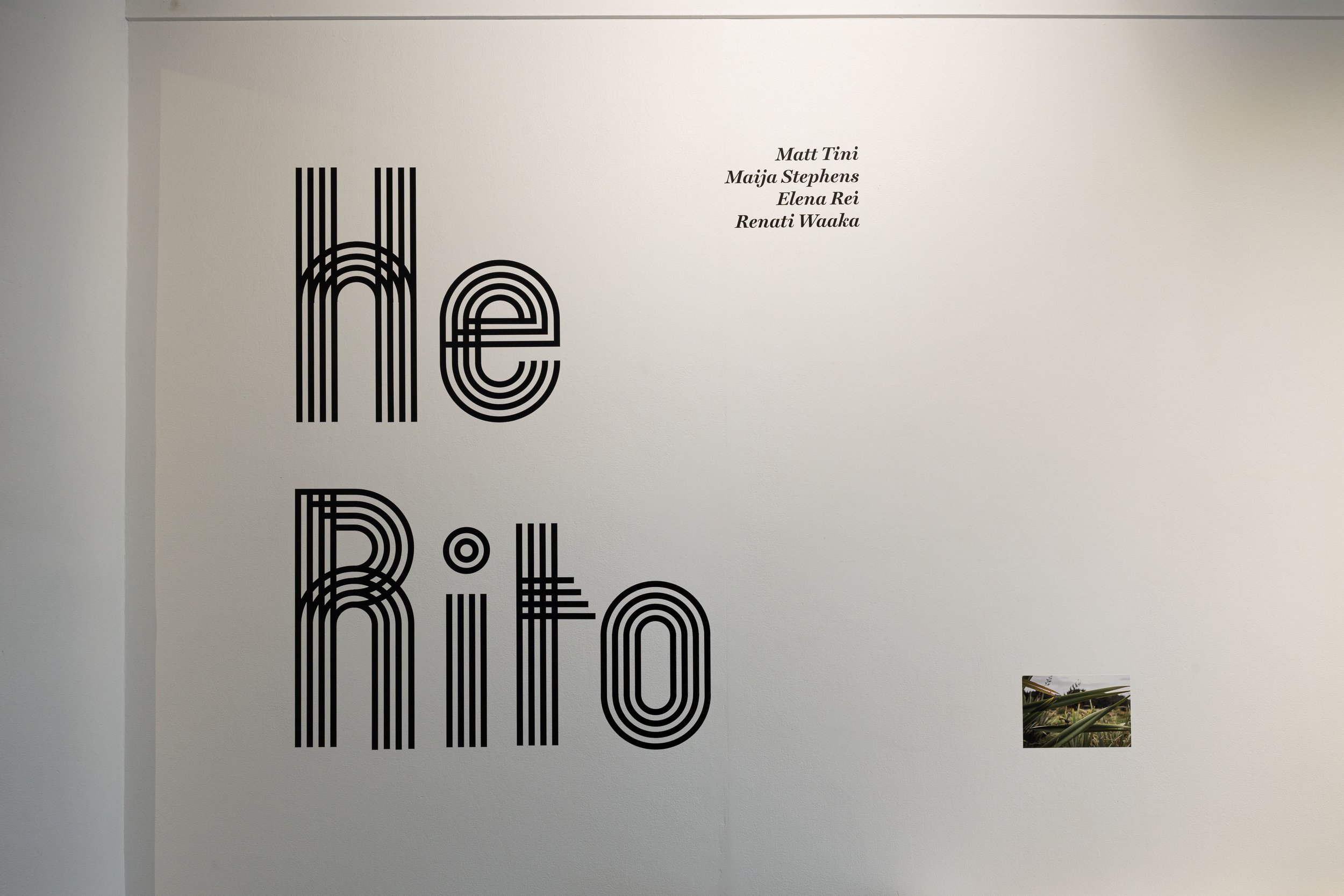
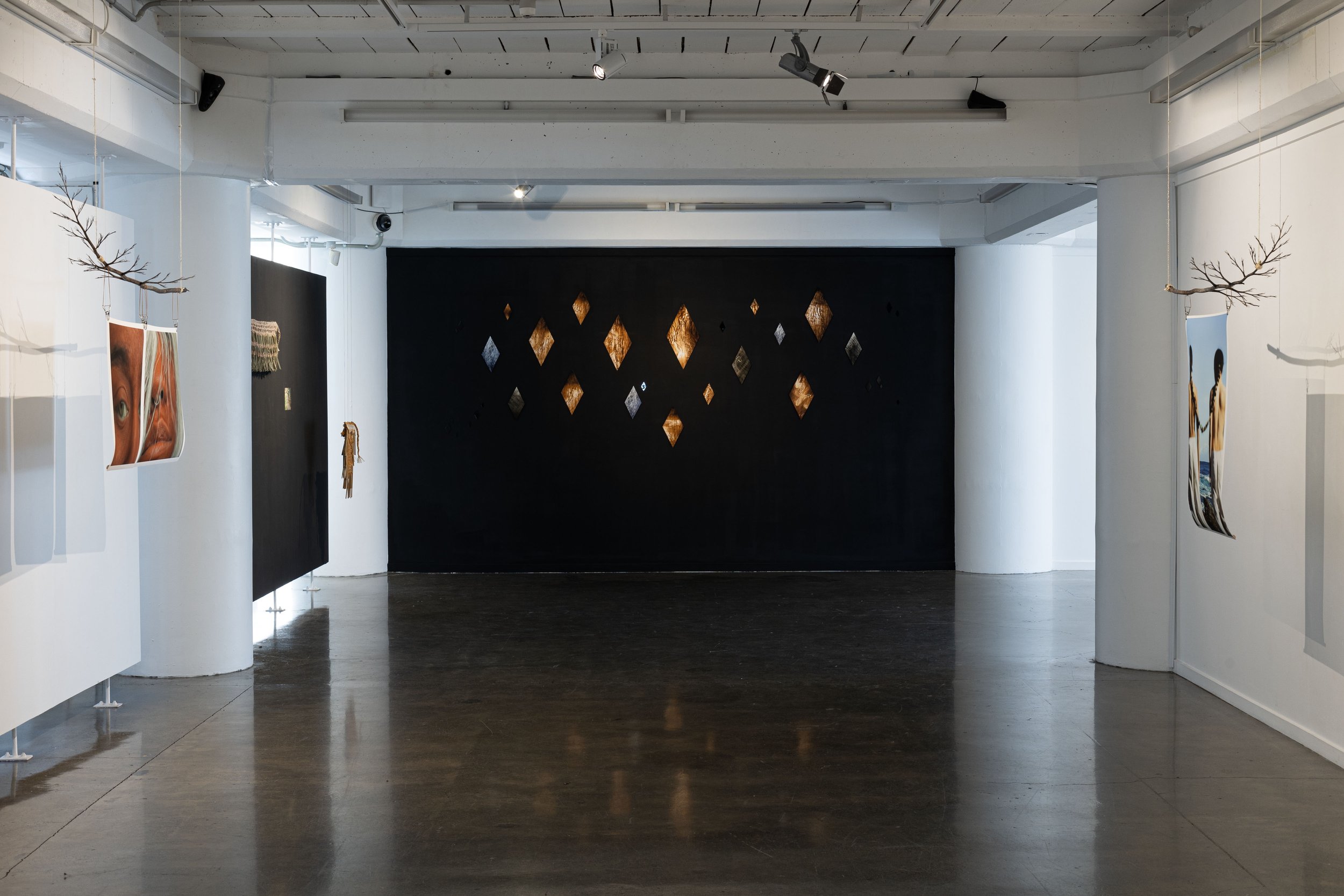
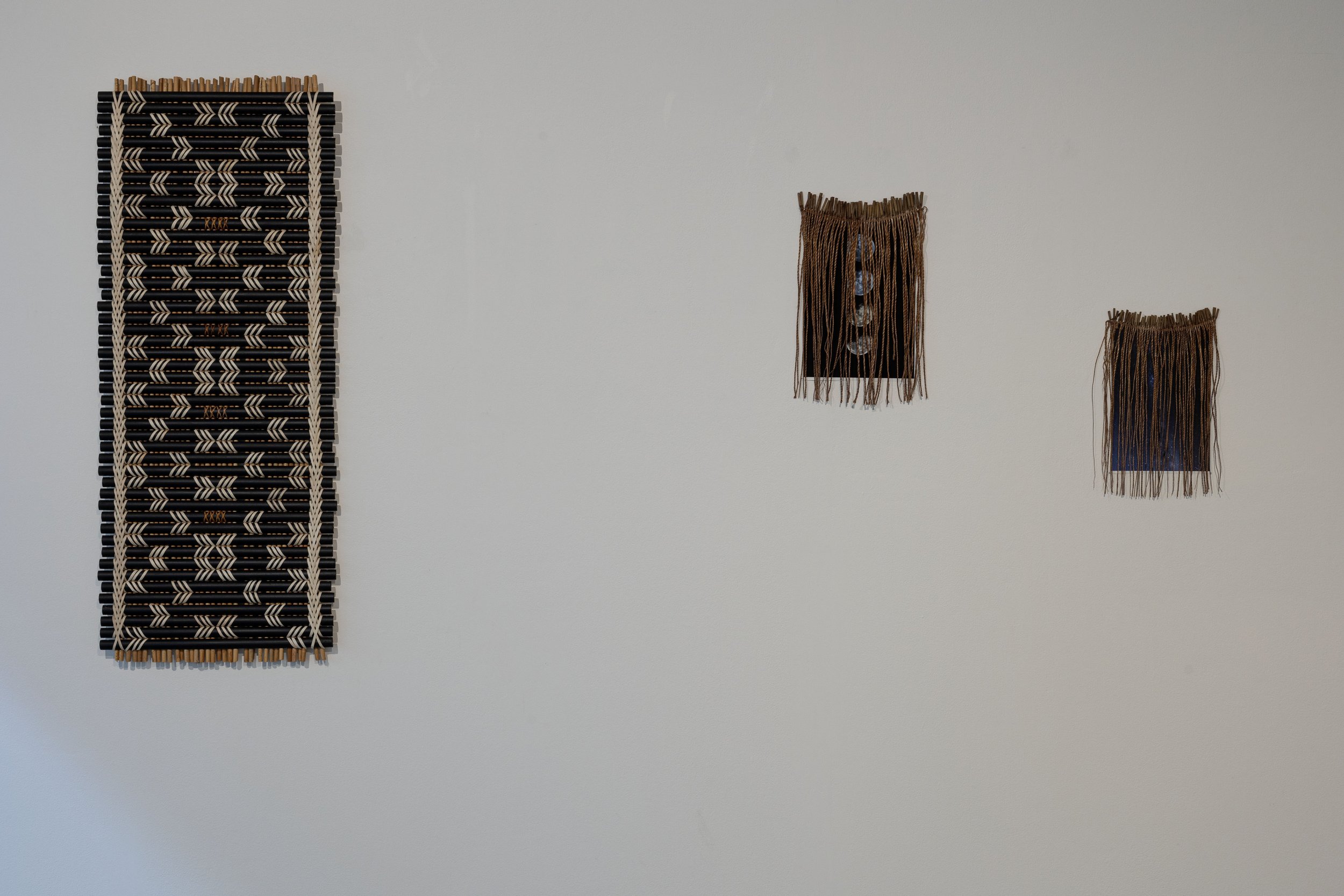
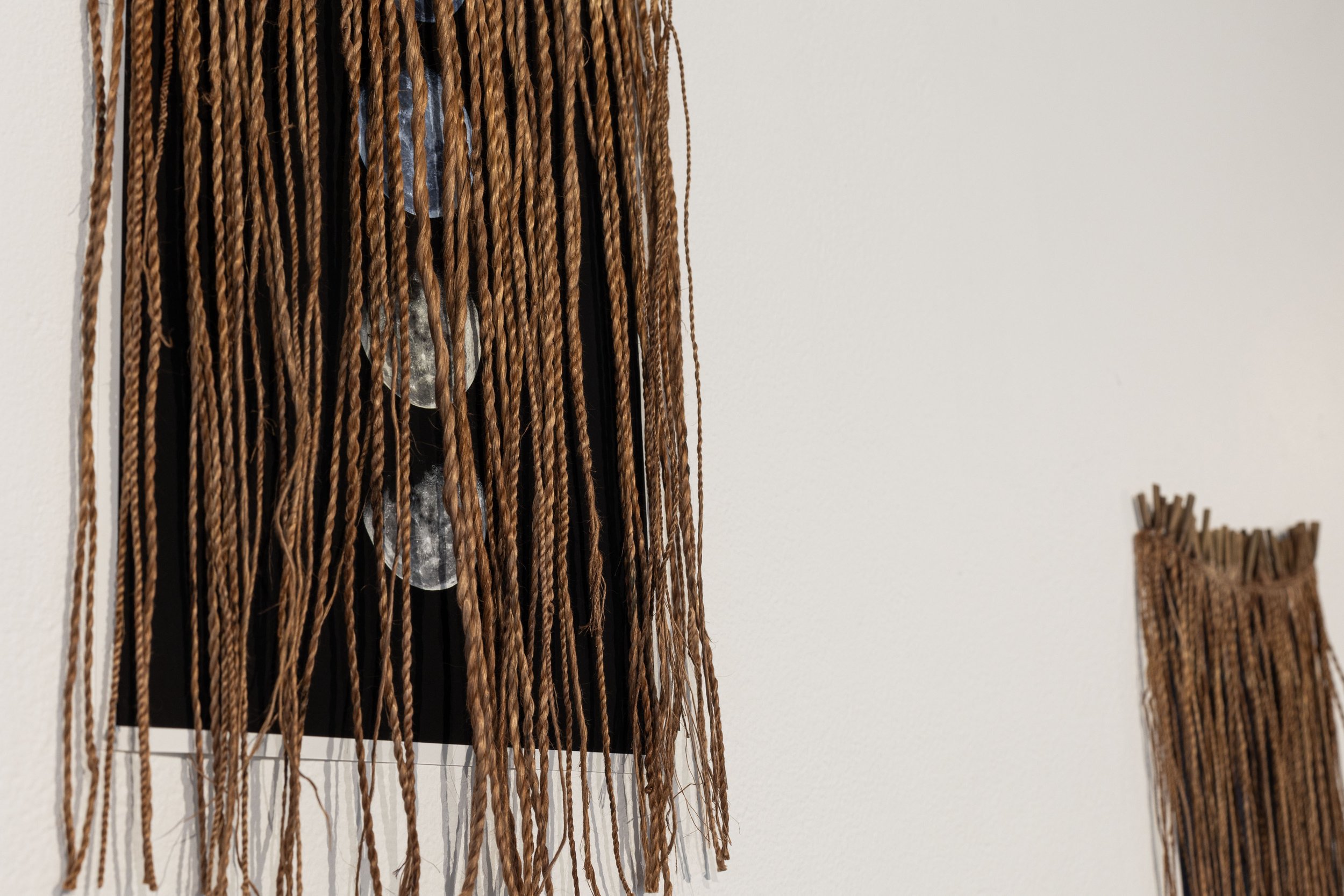
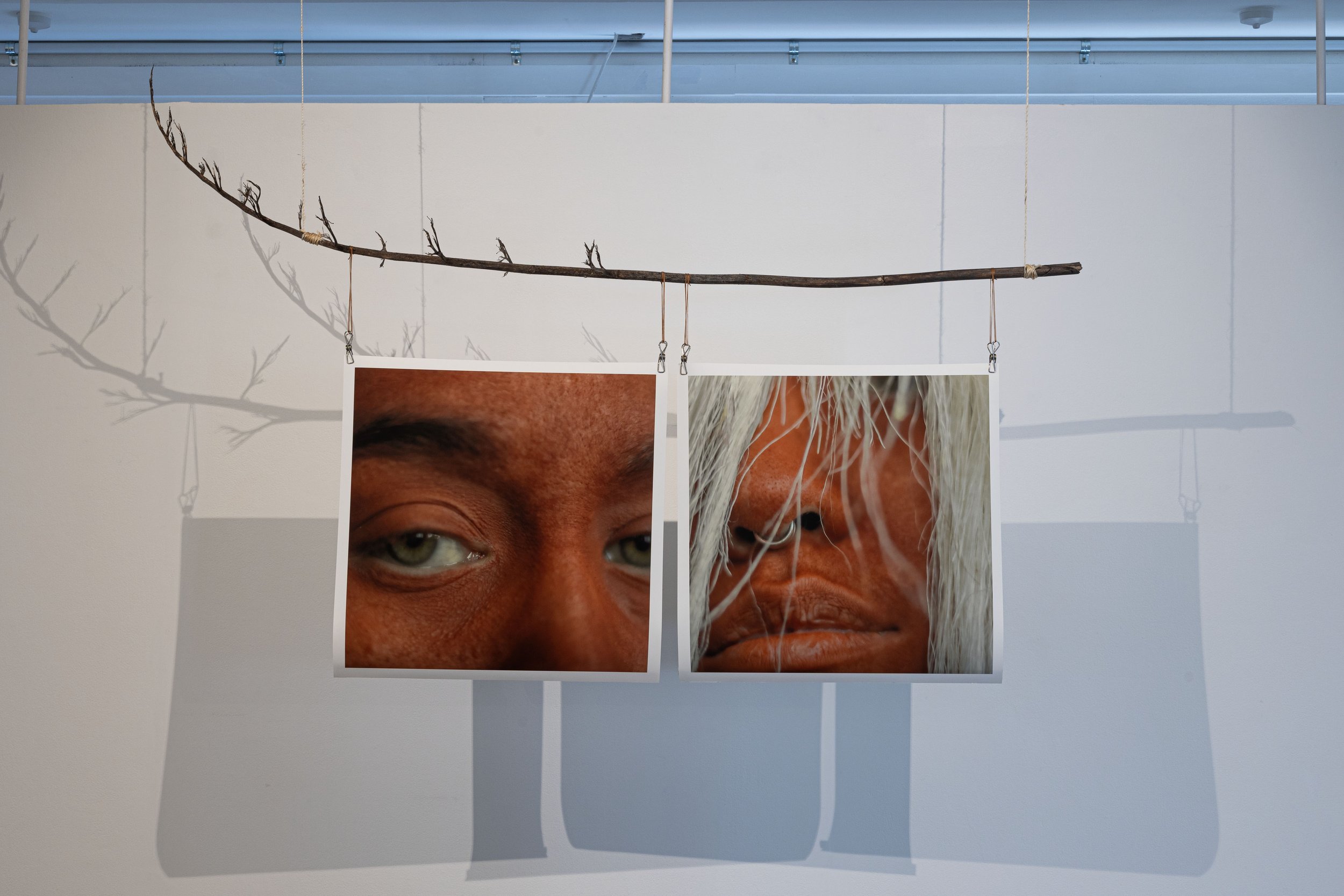
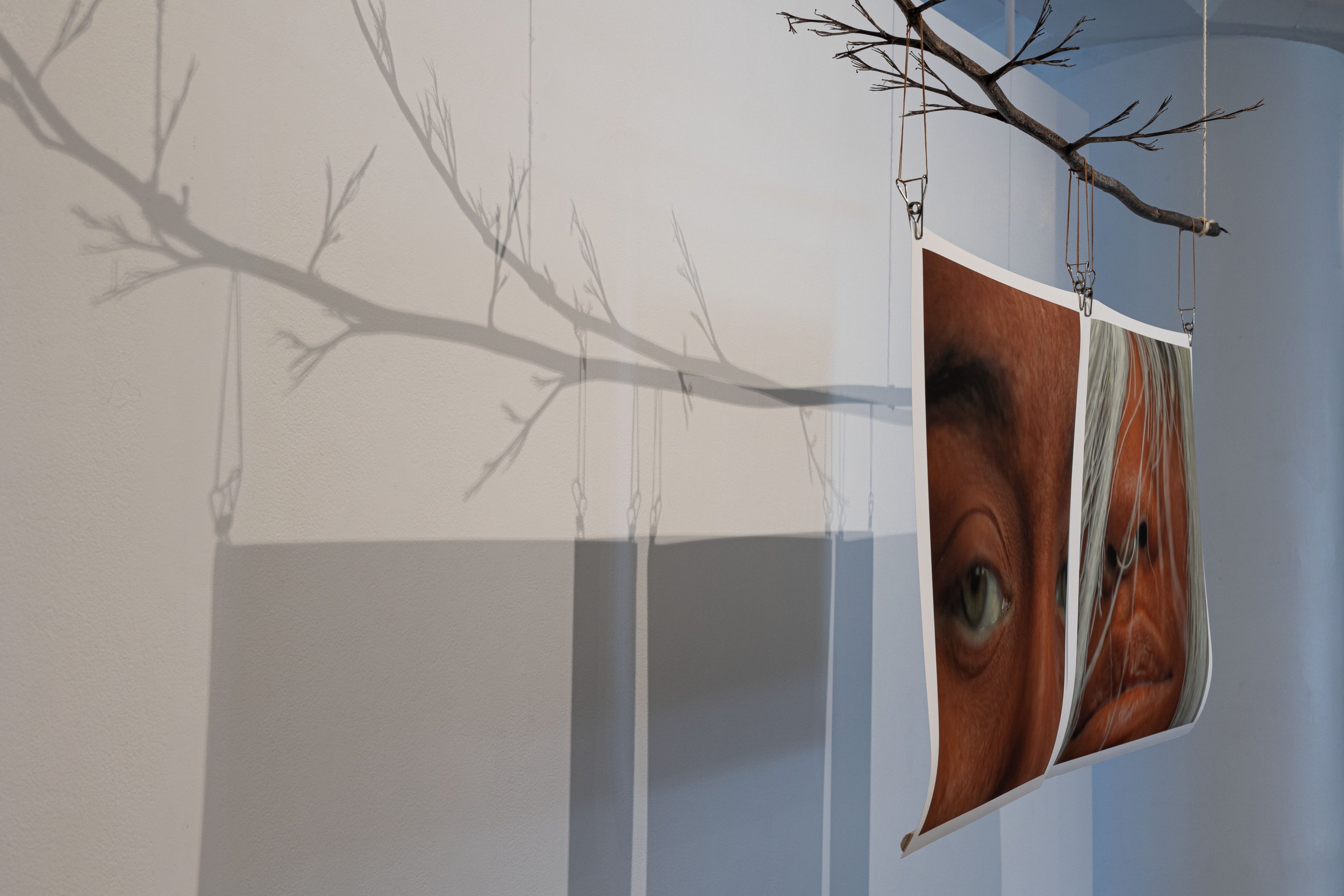
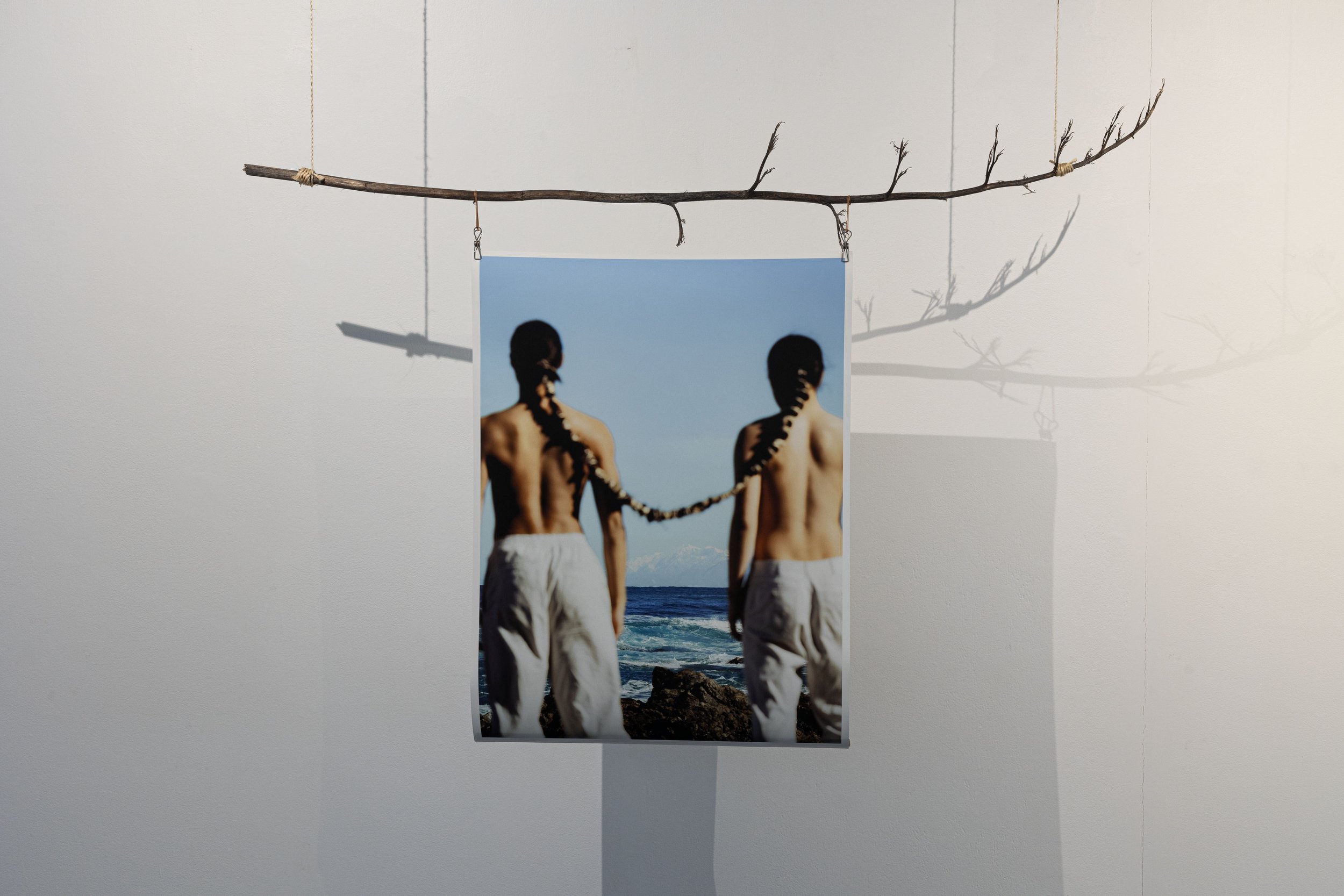
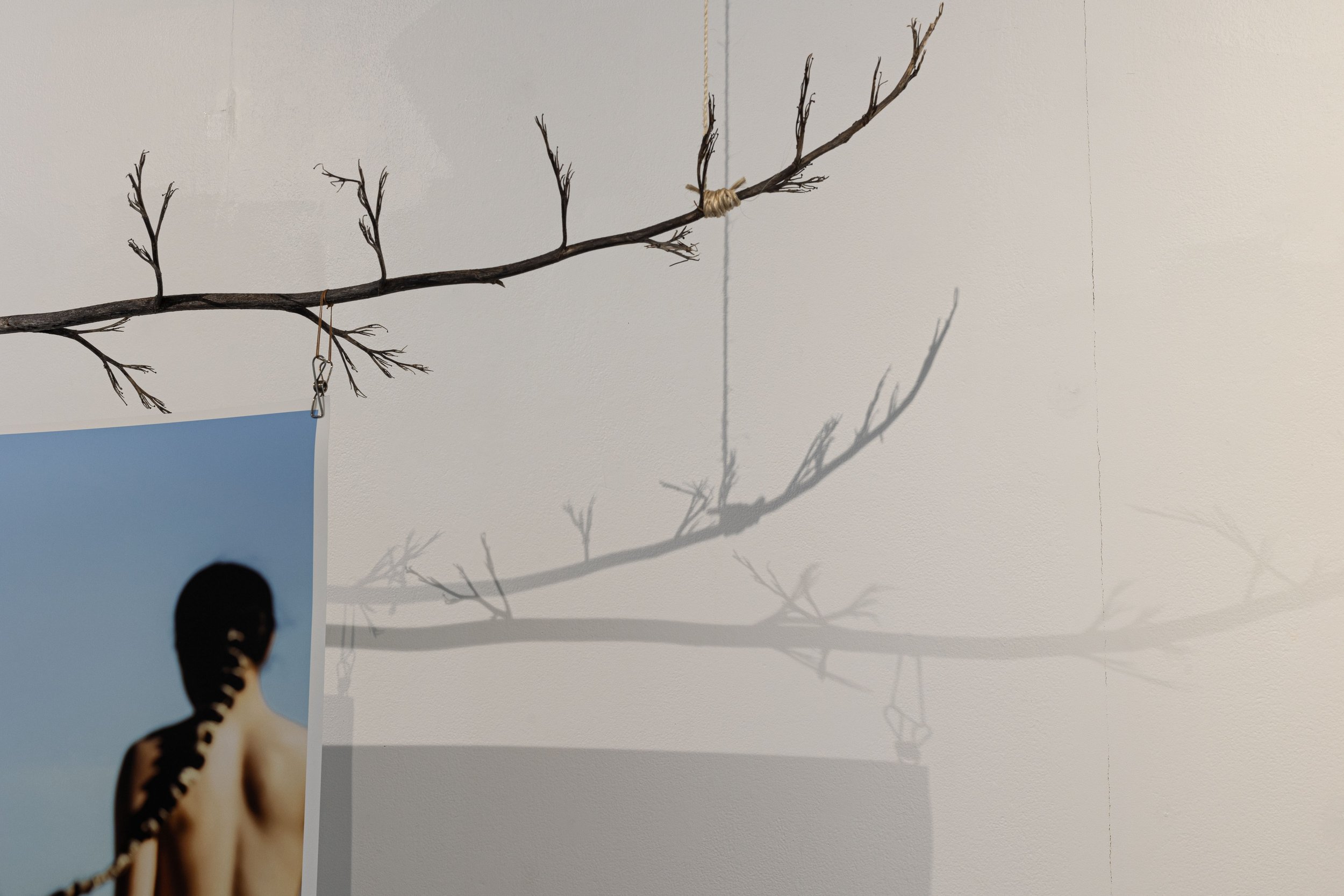
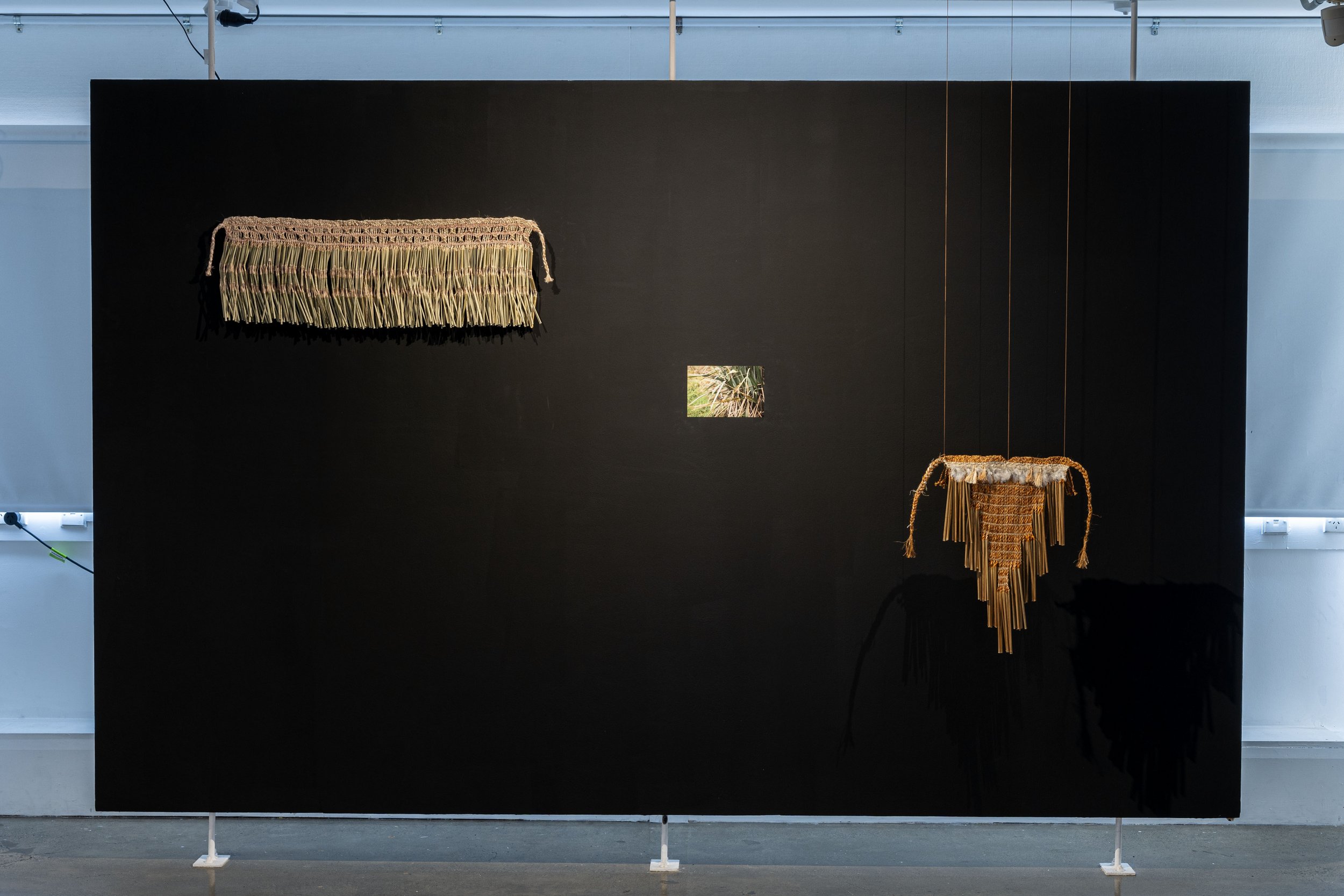
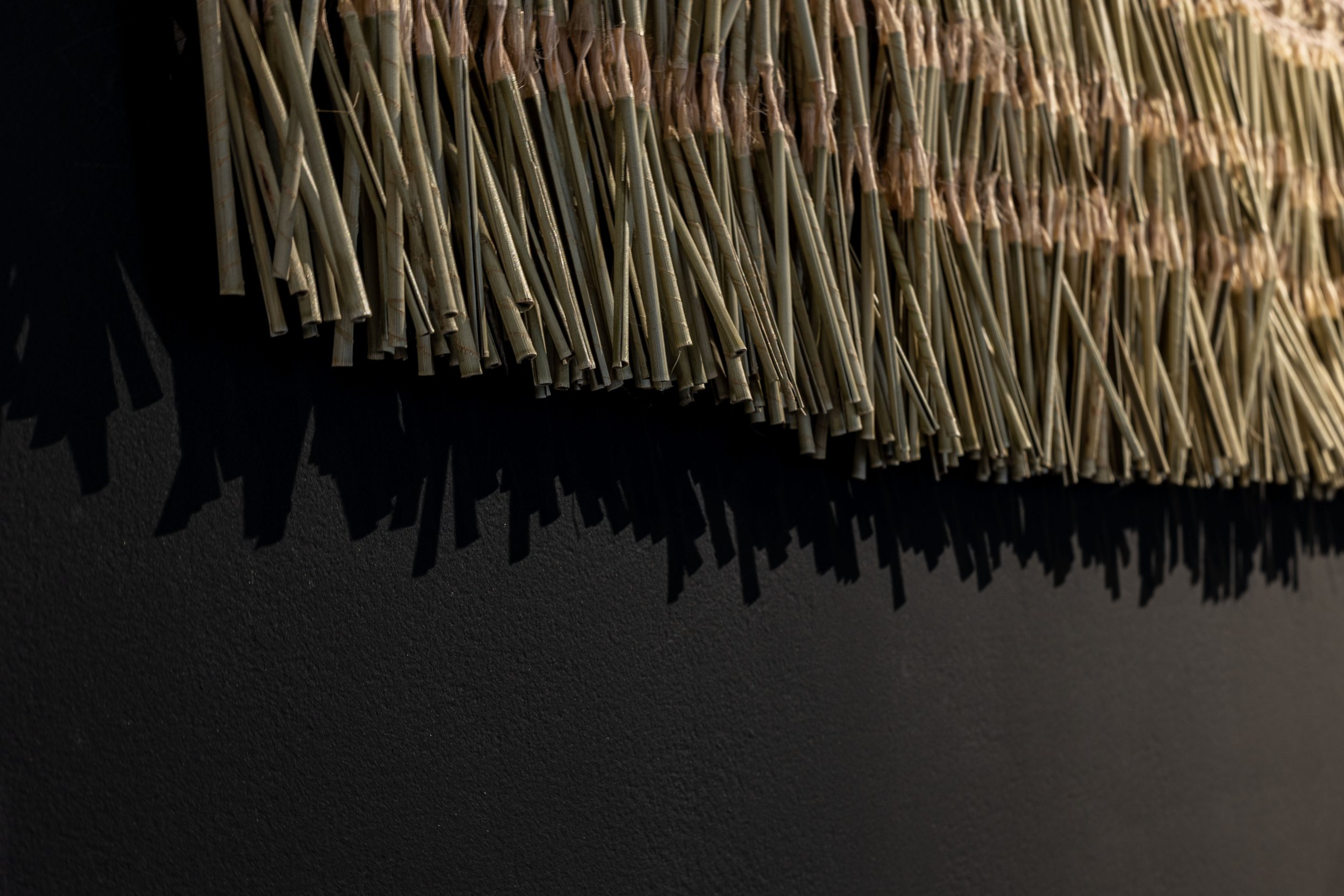
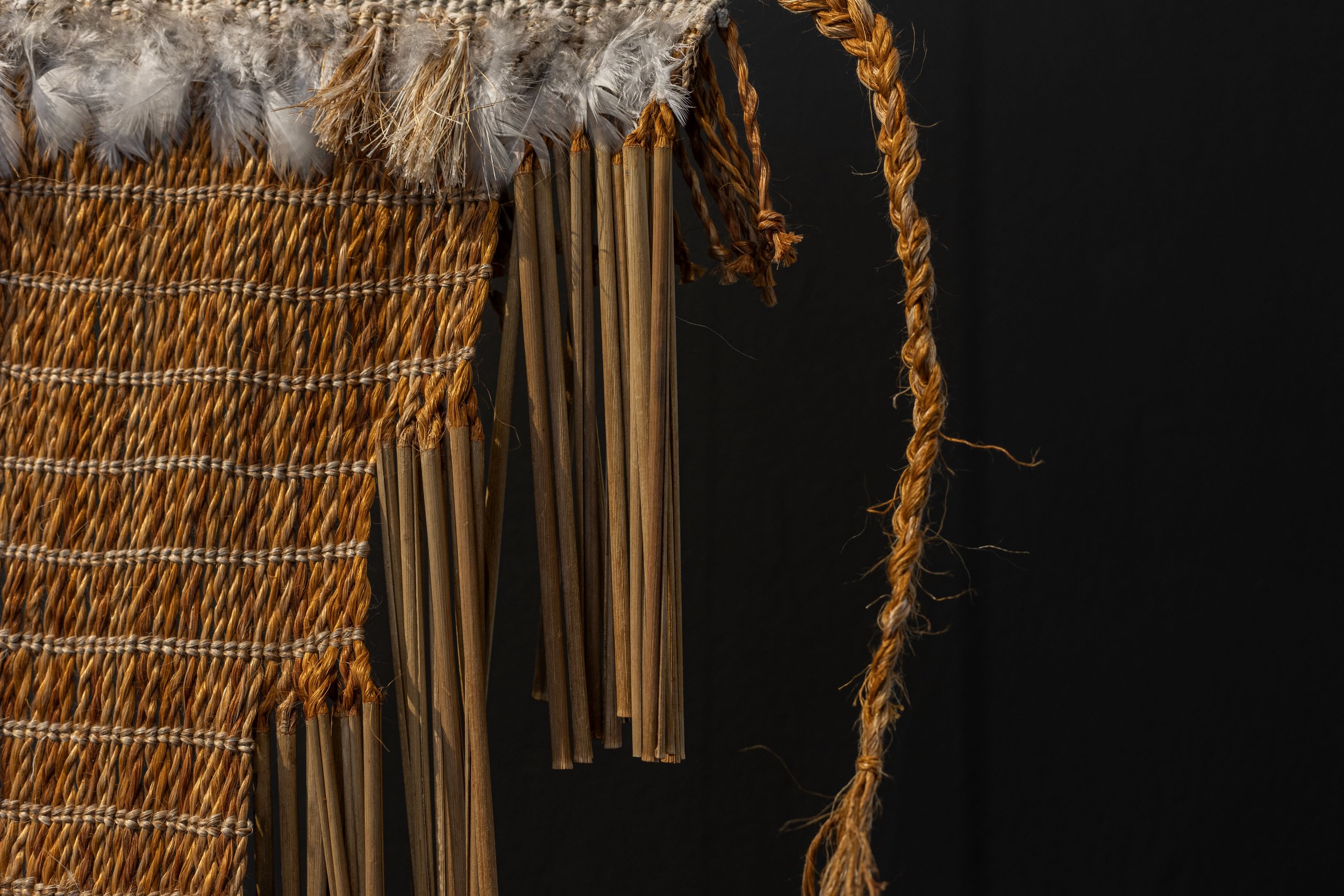
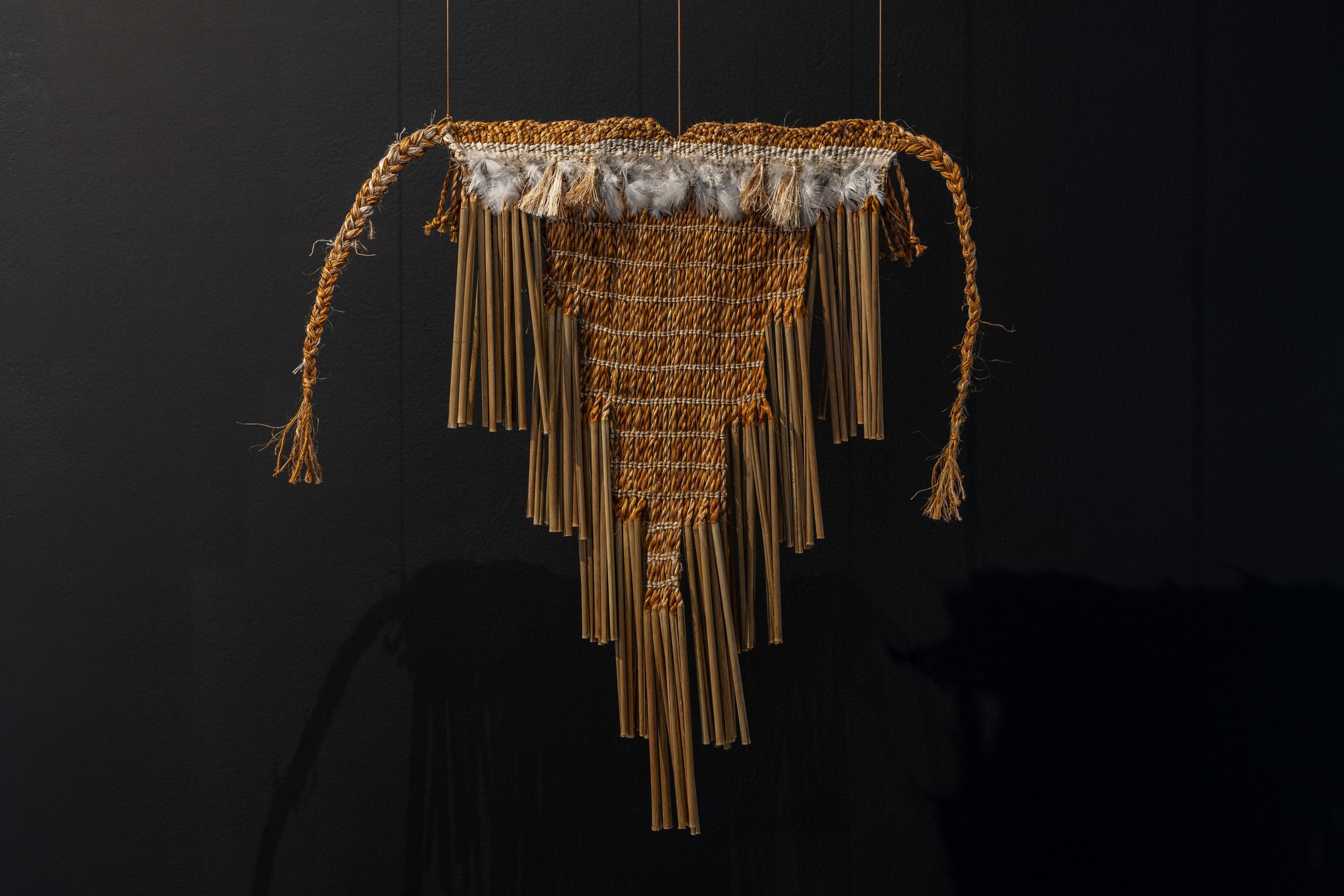
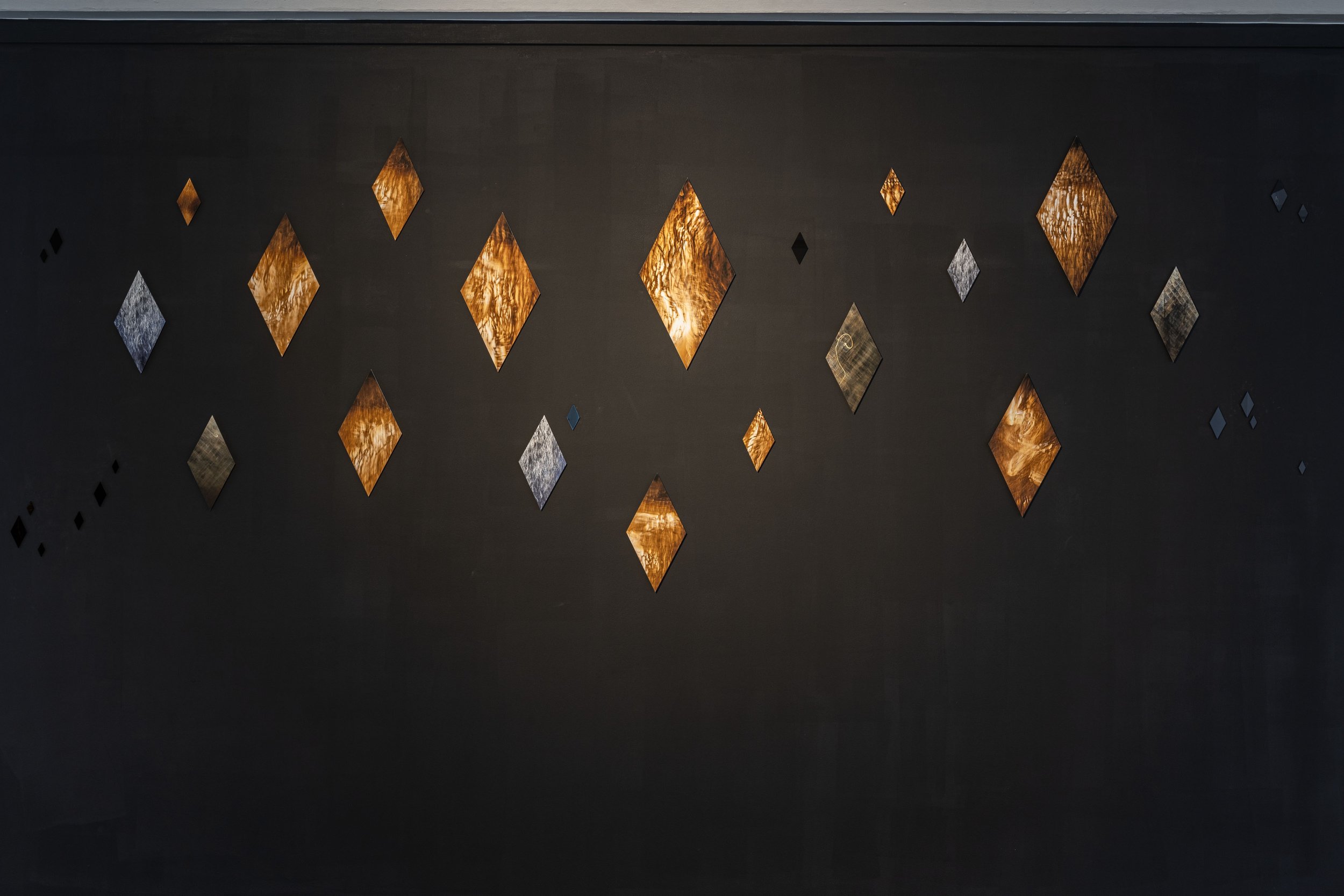
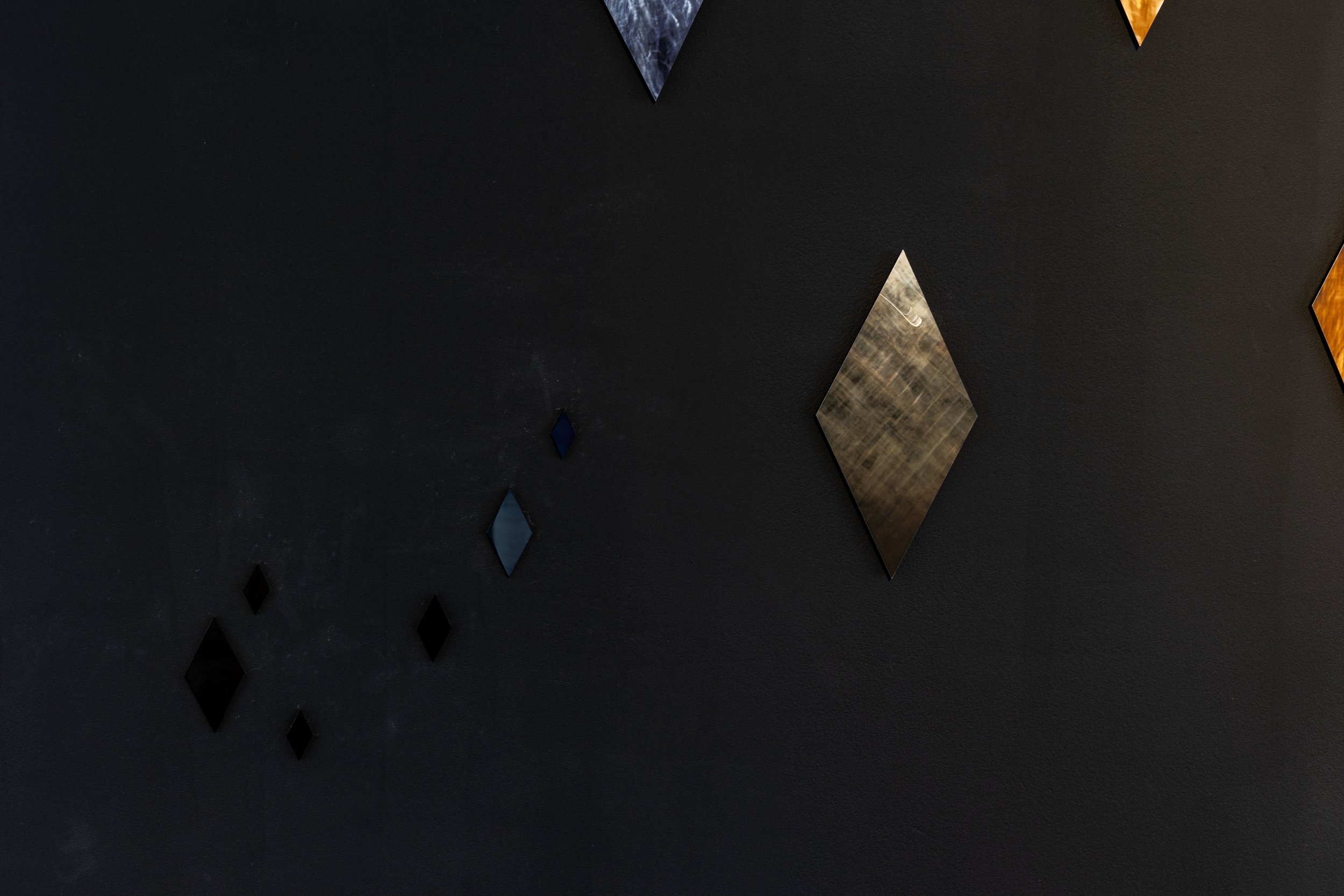
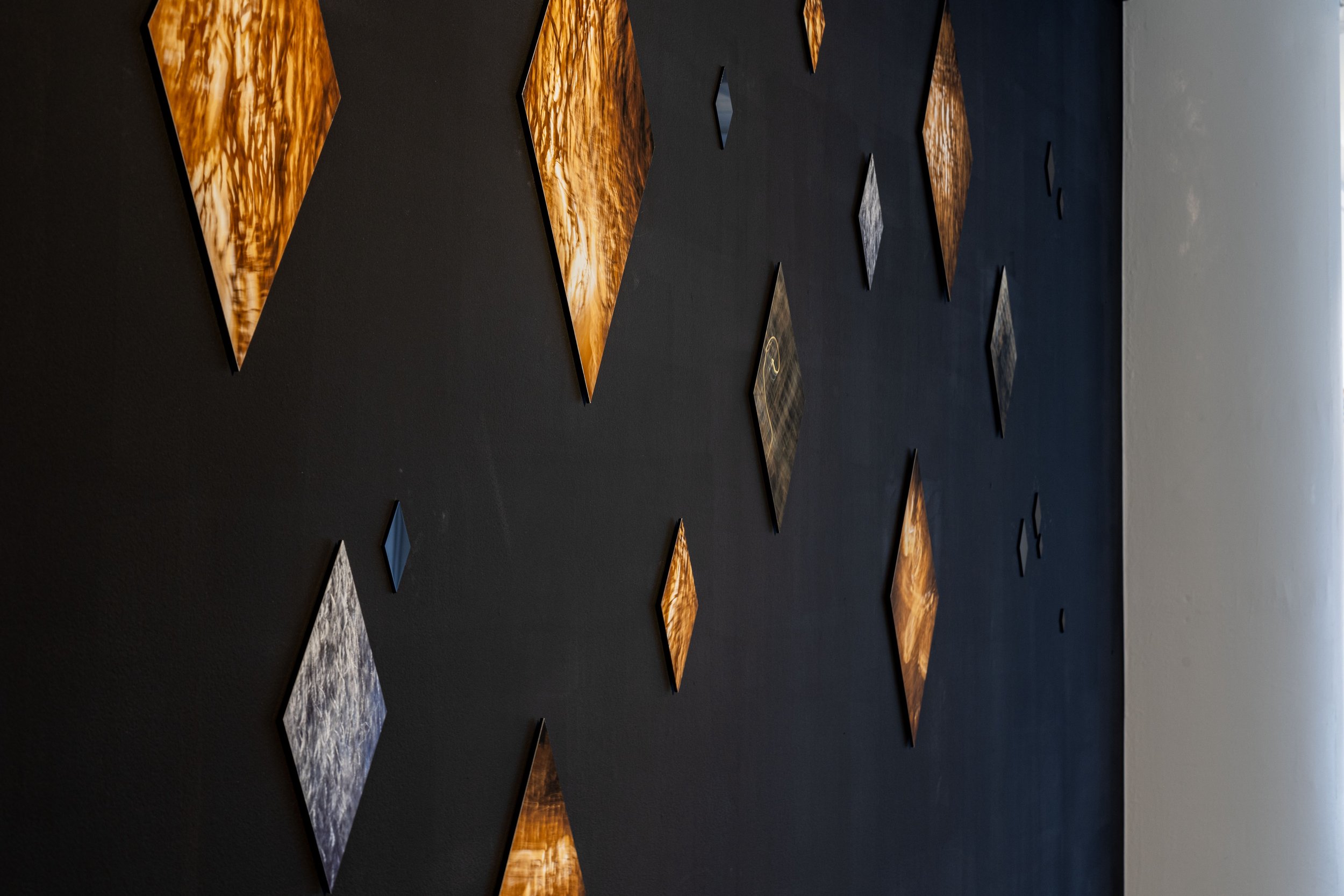
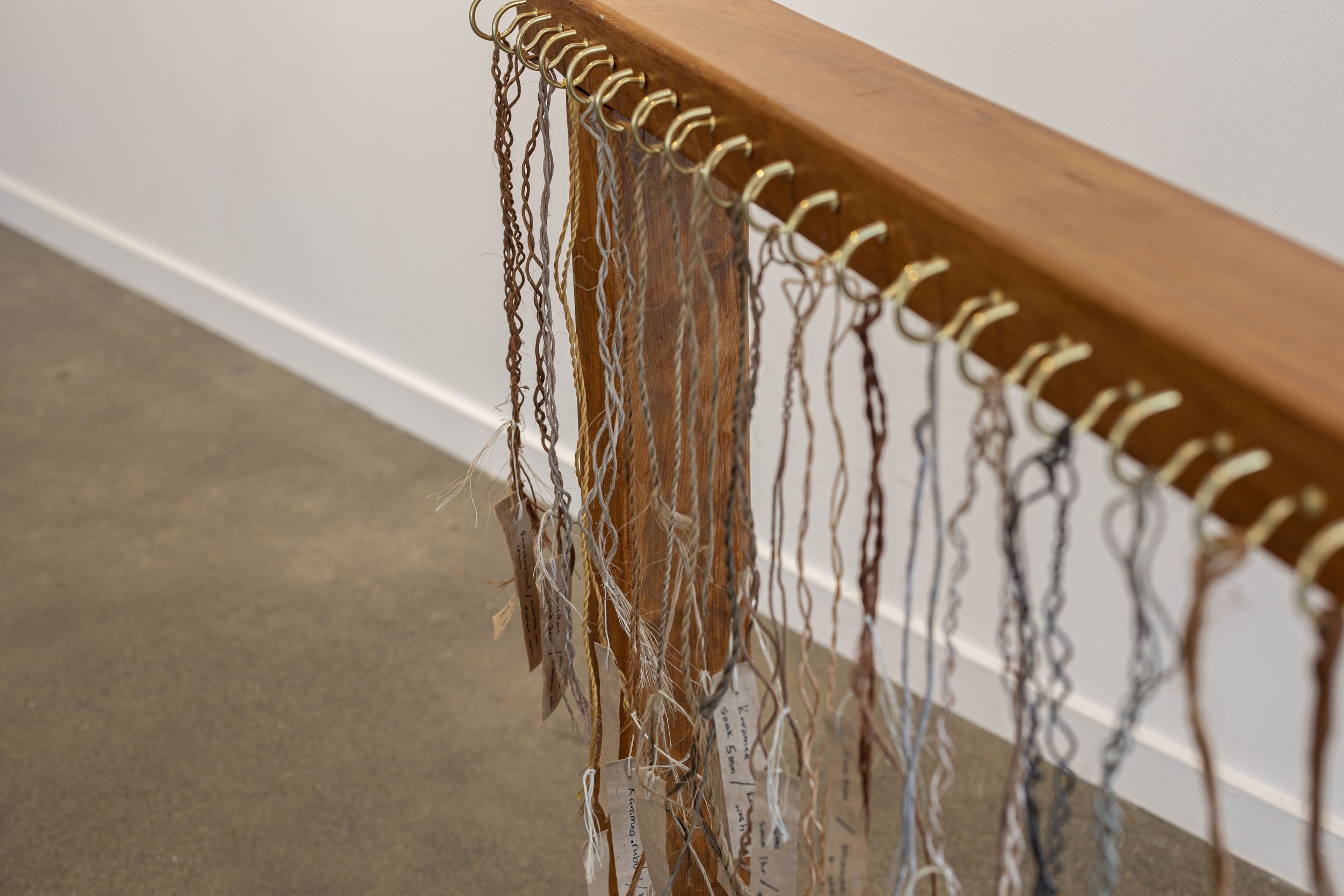
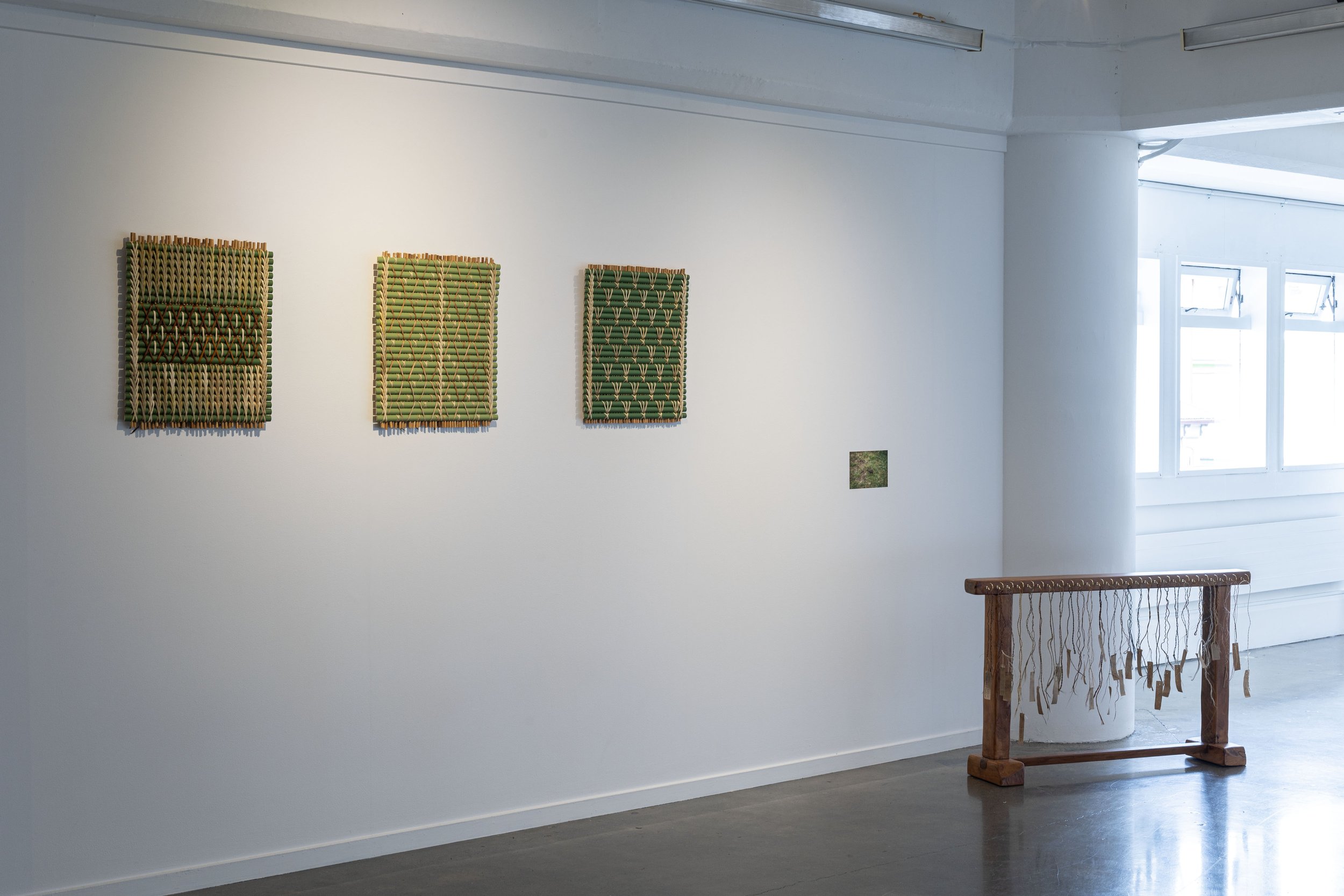


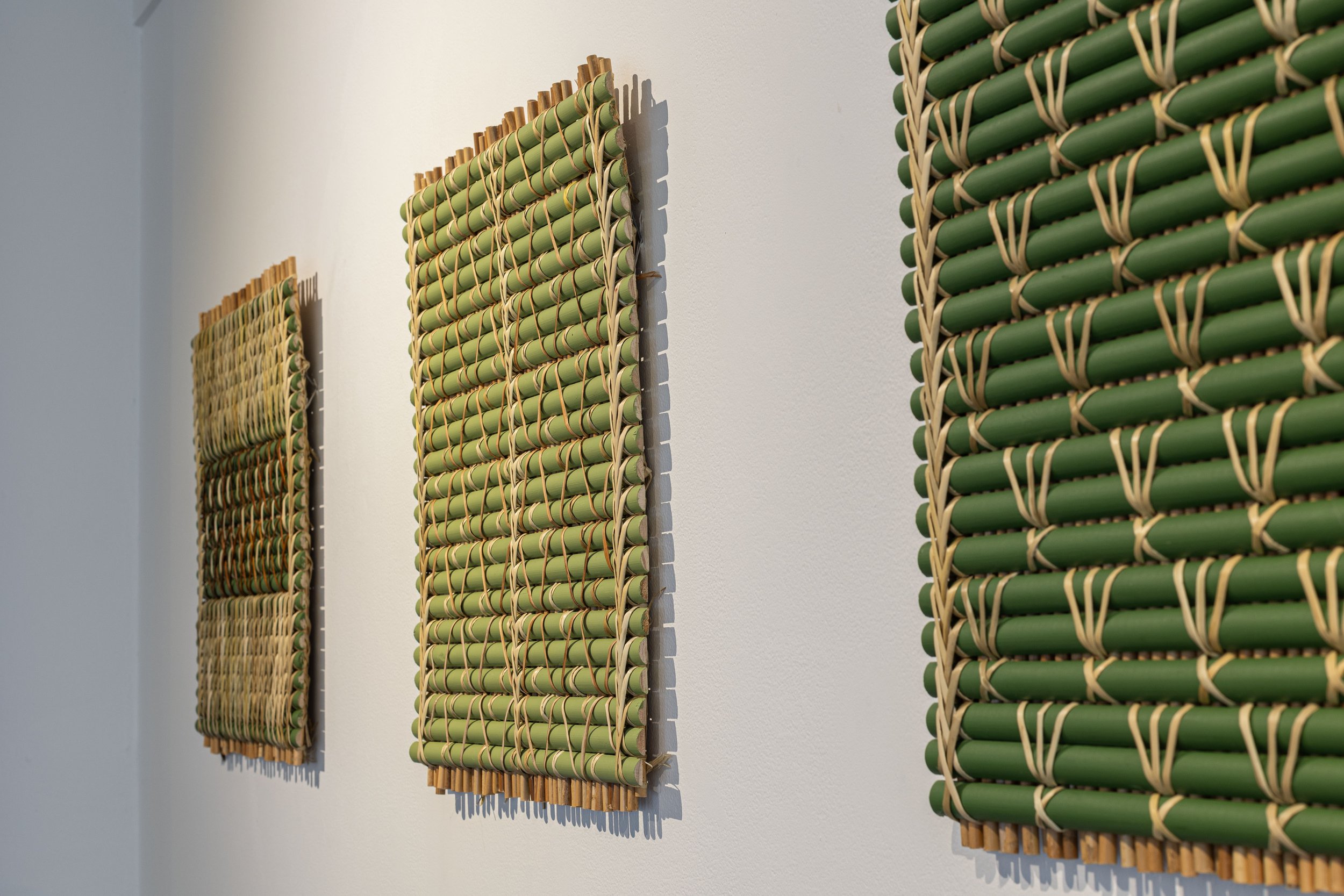
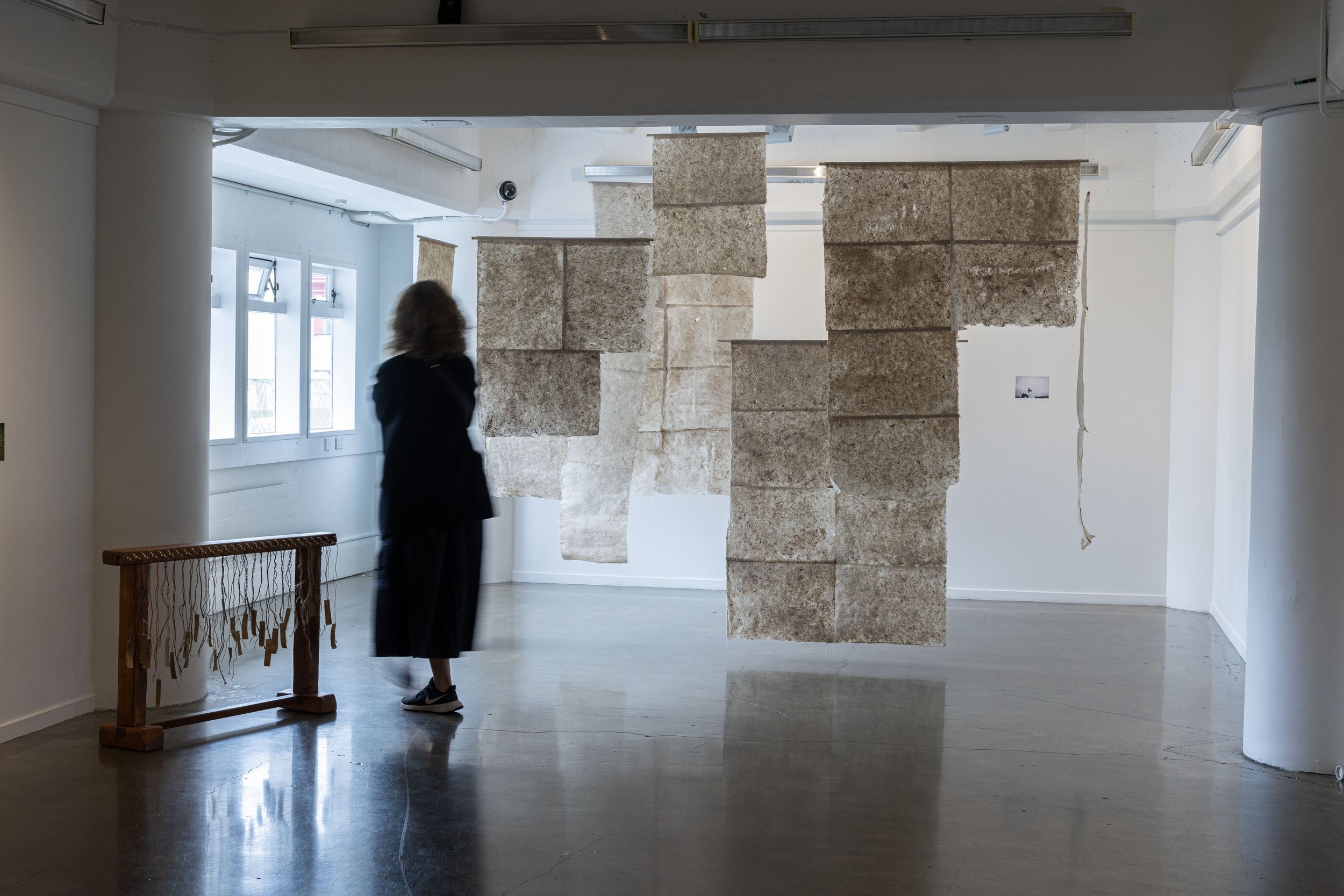
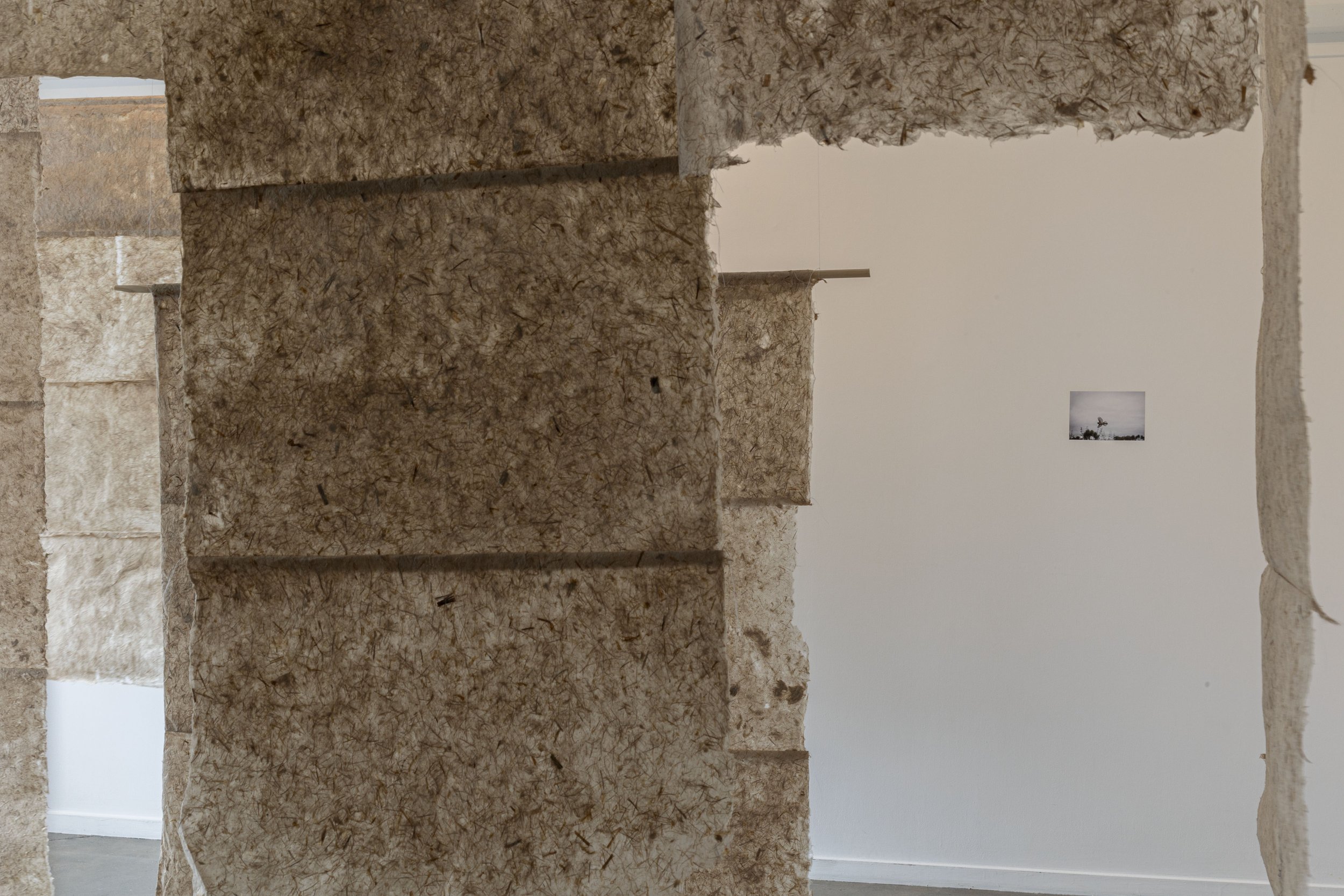

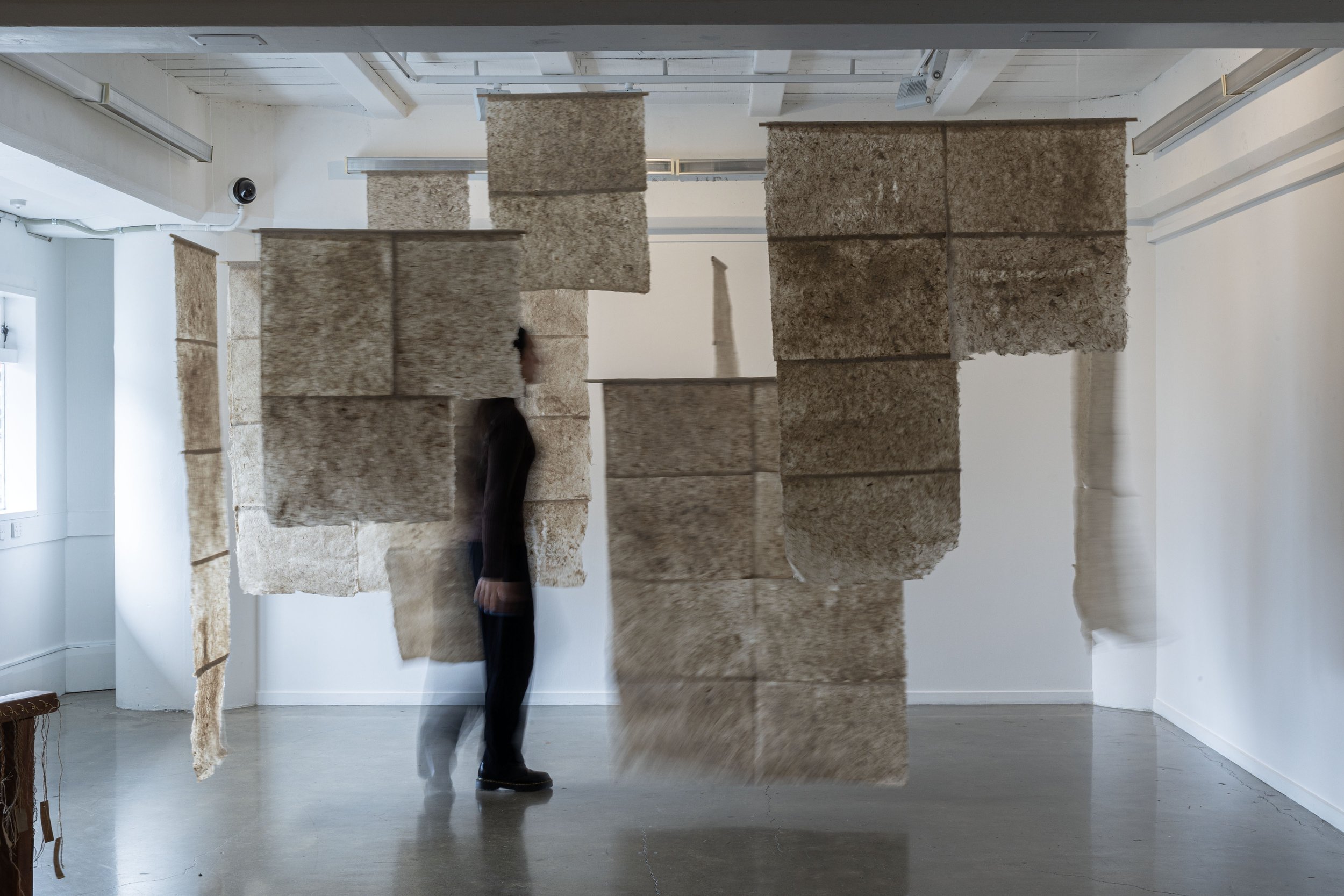
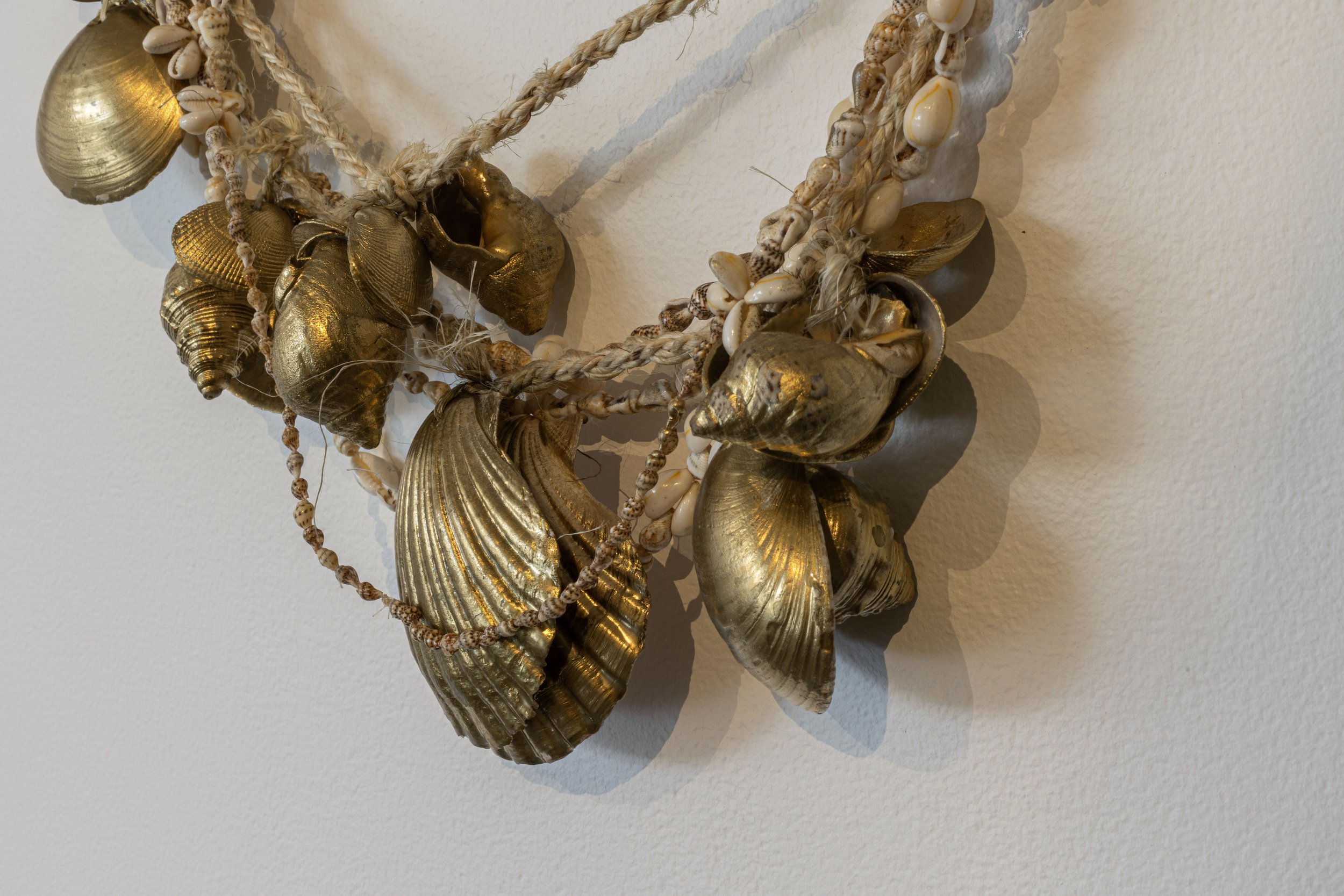
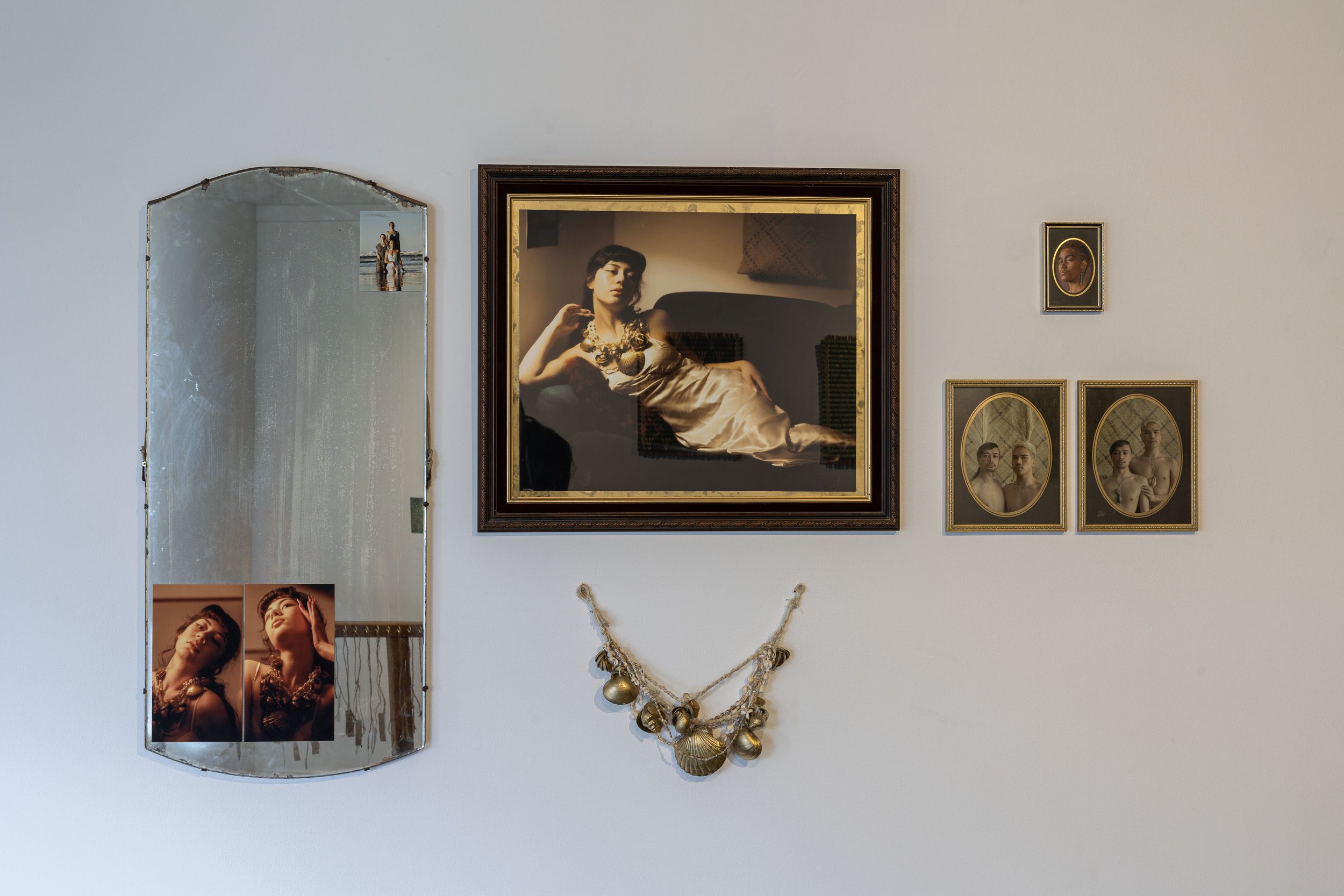
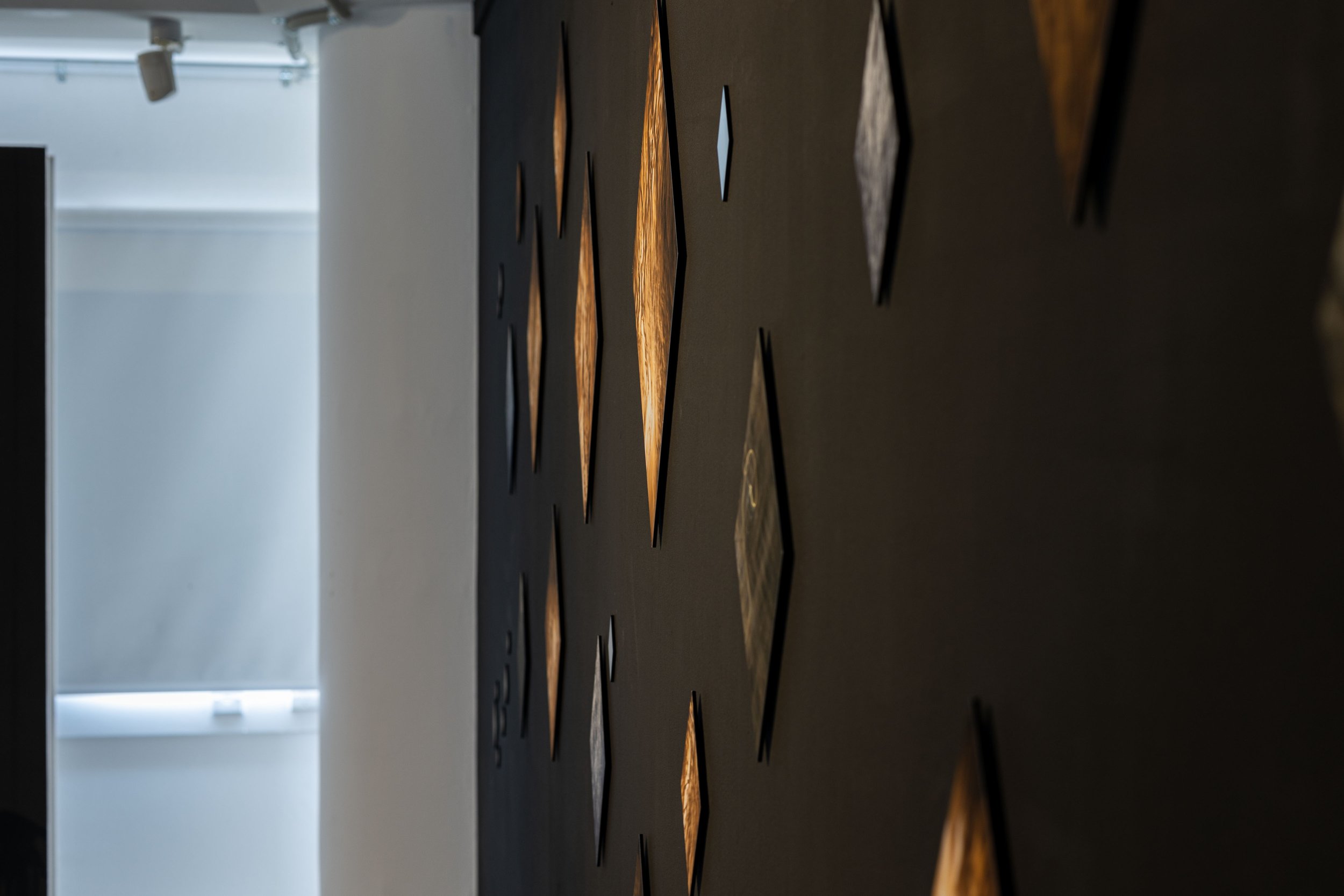
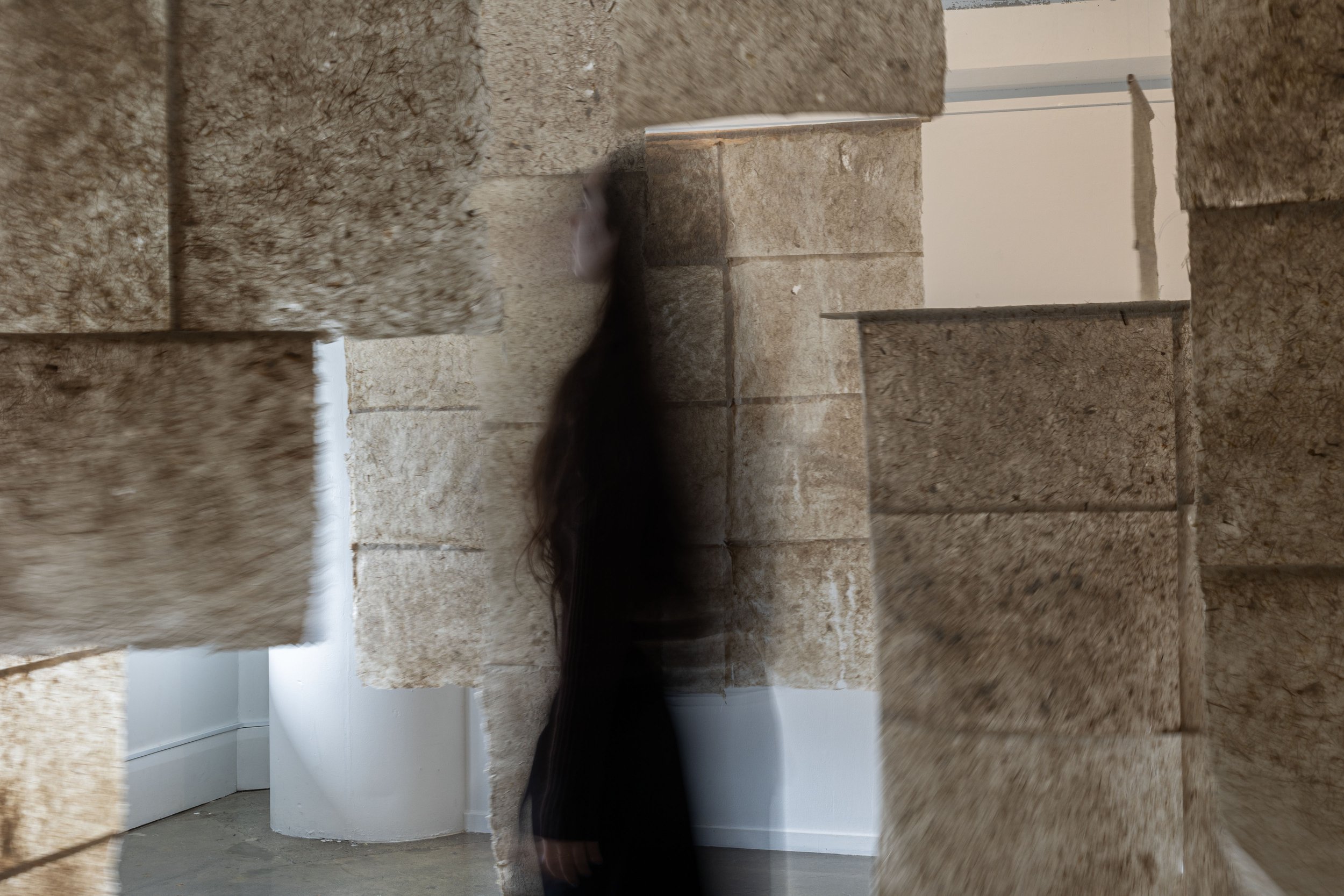
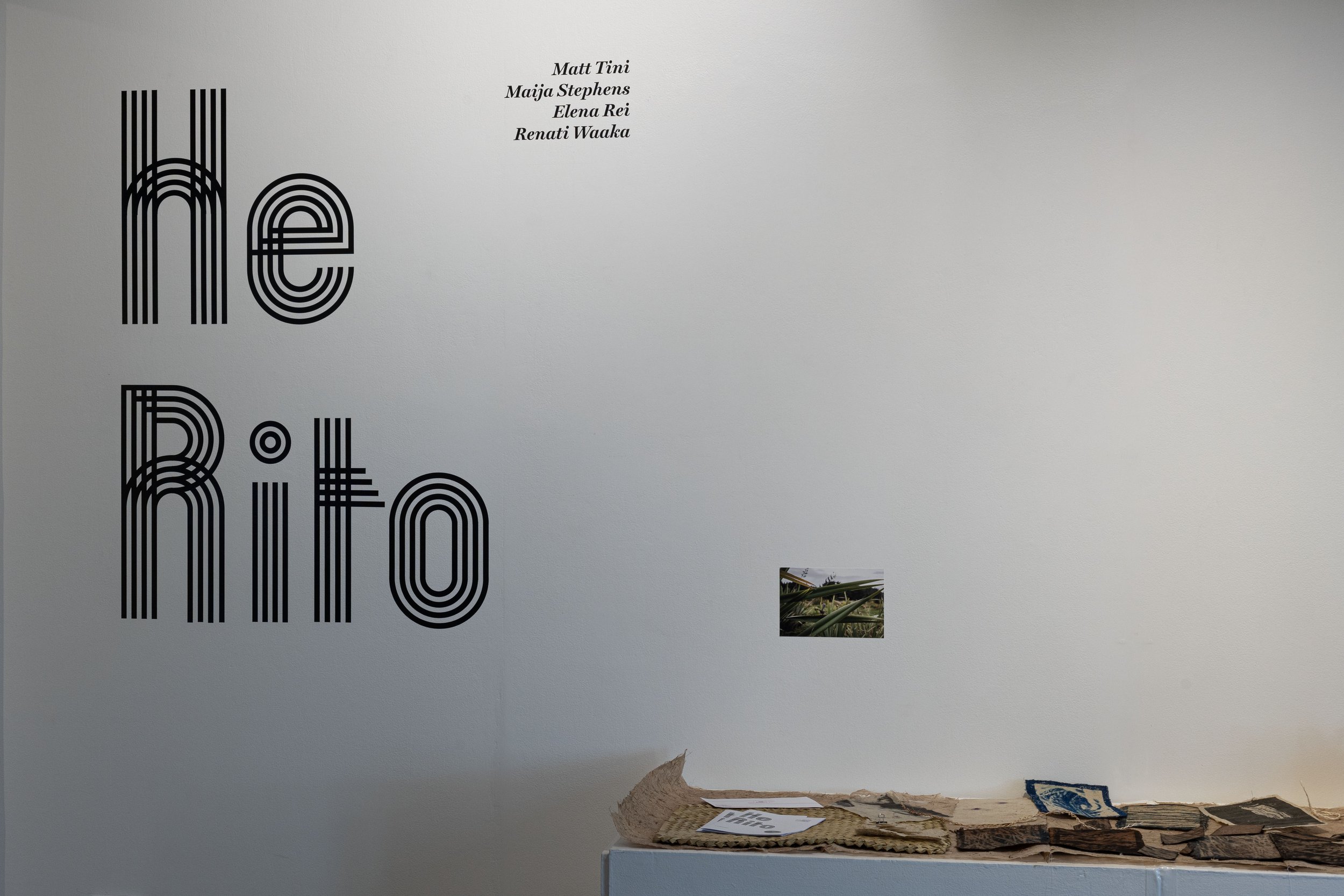
All photo credits to Maija Stephens
A New Perspective on Harakeke with He Rito at Toi Pōneke Arts Centre
Opening from 02 September is a new, exciting exhibition at Toi Pōneke that brings together four tauira ringatoi exploring the potential of harakeke.
He Rito features work by artists Matt Tini (Waikato, Ngaati Tiipa, Ngāti Kahungunu, Ngāti Rakaipaaka), Renati Waaka (Te Arawa, Tainui), Maija Stephens (Ngāti Kahungunu, Rongomaiwāhine, Ngāti Rangi) and Elena Rei (Ngāti Toa Rangatira, Ngāti Koata, Ngāruahine, Hāmoa). The artists create a space of whakawhanaungatanga, using harakeke to create connections.
He rito is the central strand of the harakeke [flax] leaf, which emerges as it grows, youthful and full of potential. When harakeke is harvested, the rito is never removed, remaining at the centre and being allowed to continue to grow. He Rito as a concept brings growth to this exhibition and to the artists who have been leading wānanga and exploring their connections.
Harakeke has been a central part of Aotearoa, in the growth of the whenua, and as taonga for tangata whenua. Traditionally, it was a versatile material with many uses, from bowls for food, to tukutuku panels in wharenui, and muka fabric for clothing. The land and the people have connected and grown together.
“These stories and memories, some of which have been passed down through generations, will be one of the tools that guide us in our making and our learning” describes Matt Tini, one of the artists featured in He Rito.
Uniting diverse narratives, the artists employ harakeke across customary and contemporary practices. Matt Tini uses various media to investigate aspects of authenticity and decolonisation. Renati Waaka is an interdisciplinary photographer and performance artist who looks at queer and Māori intersecting identities. Maija Stephens connects te taiao, wahine Māori, and her identity through photography. Elena Rei is a textile practitioner who weaves customary textile practices to develop ideas surrounding whakapapa, mauri and time and space. Together, the artists extend their own experience and knowledge.
The artists employ harakeke metaphorically and physically to weave connections with each other, their whakapapa, to te taiao, and also to the public. A goal for He Rito is to look at how Māori interact in urban spaces, and how harakeke can exist alongside people in a contemporary environment. By weaving these spaces together, the artists have flipped knowledge processes that have relied on generational learning and passed down practices. The artists can now pass on this learning to older generations.
The four artists connect their whanau, tipuna and matauranga. The woven strands of harakeke embody the notion of whanaungatanga.
The artists explain that “Exhibiting at Toi Pōneke is an opportunity for us to not only share the results of our exploration with a more diverse audience, but to also bring more diversity into the gallery.”
Writing credit to Alysse Kanal-Scott (Ngāi Tahu, Cambodian, Pākehā), Annie Barnard, Anthony Baker, Ineke Thomson, Isabelle Carson, Margo Montes de Oca, Matthew Whiteman, Megan Reid, Molly Sutton (Ngāpuhi, Ngāi Takoto,Te Pātū) and Susan Ballard of ARTH407 Reading Artists Writing at Te Herenga Waka.
Design credit to Ethan Sheaf-Morrison.





